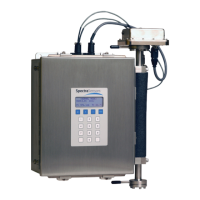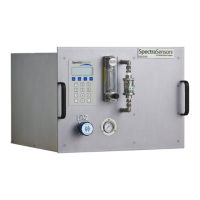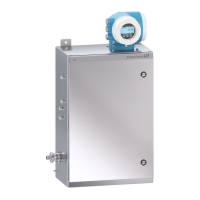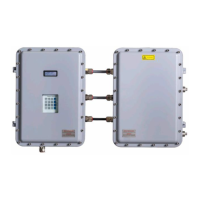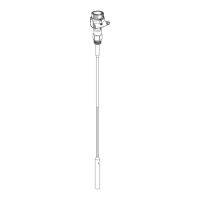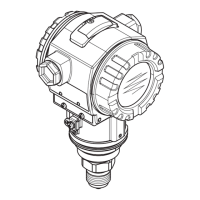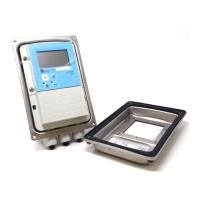Hardware Installation and Maintenance Manual B–1
Appendix B: Troubleshooting &
Maintenance
This chapter presents recommendations and solutions to issues that may be
experienced during analyzer operation. If the problem being encountered is not
referred to in this chapter, refer to “Service Contact” on page B-23.
Gas Leaks
Probably the most common cause of erroneous measurements is outside air
leaking into the sample supply line. It is recommended the supply lines be
periodically leak tested, especially if the analyzer supply lines have been
disconnected and reconnected due to relocation, replacement or returned to
the factory for service.
Contamination
Contamination and long exposure to high humidity are valid reasons for
periodically cleaning the gas sampling lines. Contamination in the gas sampling
lines can potentially find its way to the sample cell and deposit on the optics or
interfere with the measurement in some other way. Although the analyzer is
designed to withstand some contamination, it is recommended to always keep
Class 3B invisible laser radiation possible when open. Avoid
exposure to the beam. Never open the sample cell unless directed
to do so by a service representative and the analyzer power is
turned off.
The optical head has a seal and “WARNING” sticker to prevent
inadvertent tampering with the device. Do not attempt to
compromise the seal of the optical head assembly. Doing so will
result in loss of device sensitivity and inaccurate measurement
data. Repairs can then only be performed by the factory and are
not covered under warranty.
Do not use plastic tubing of any kind for sample lines. Plastic
tubing is permeable to moisture and other substances which can
contaminate the sample stream. SpectraSensors recommends
using 1/4” O.D. x 0.035” wall thickness, seamless stainless steel
tubing.
Process samples may contain hazardous material in potentially
flammable and/or toxic concentrations. Personnel should have a
thorough knowledge and understanding of the physical properties
and safety precautions for the sample contents before operating
the SCS.
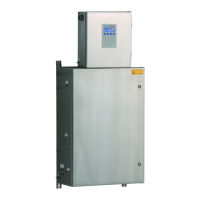
